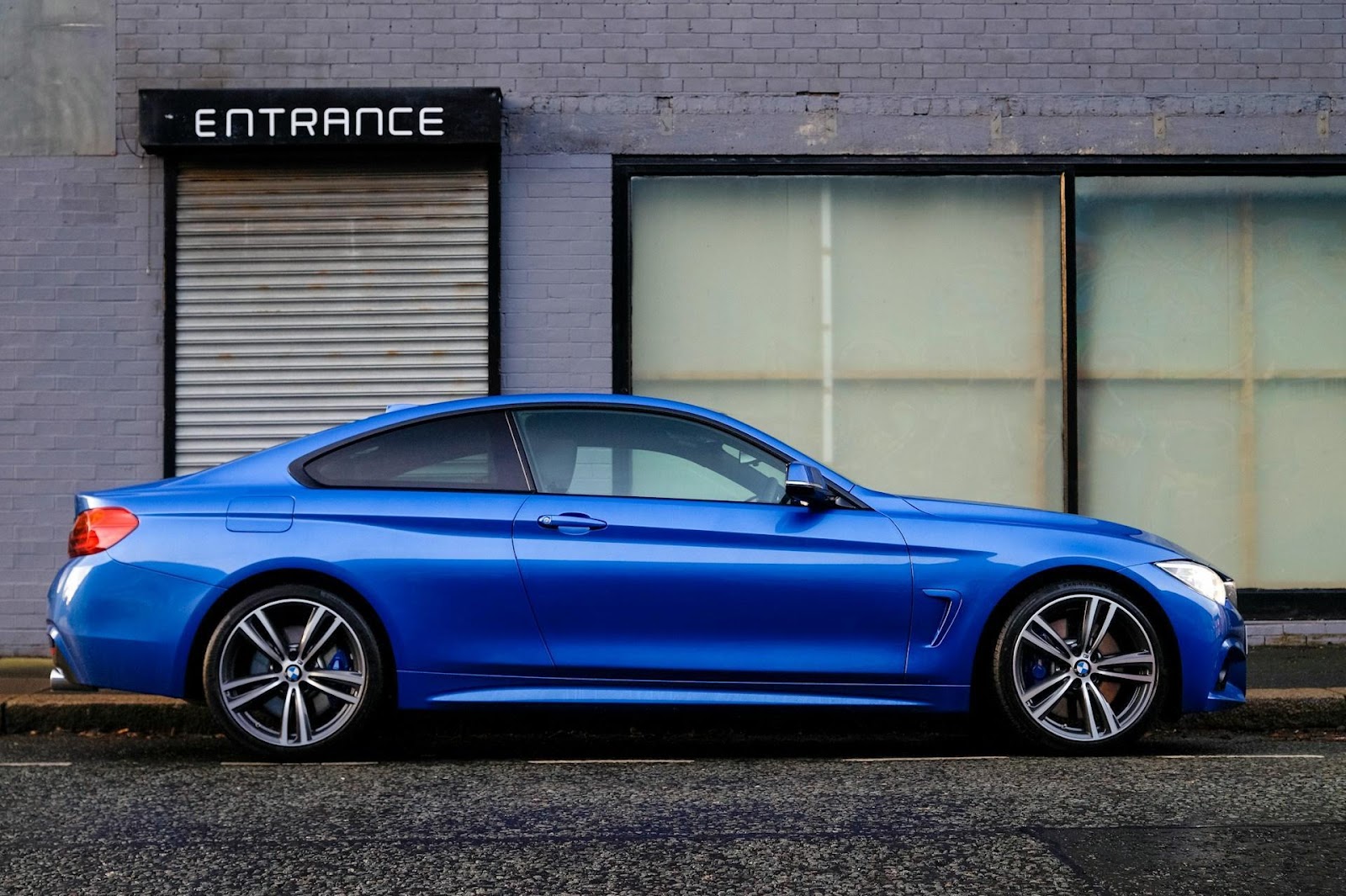Share Share Share Share Email When purchasing a vehicle, many owners assume that a manufacturer’s warranty will provide complete protection against unexpected repairs. However, warranties often come with limitations, leaving vehicle owners vulnerable to costly repairs after coverage expires. This is where vehicle protection plans come into play, offering an alternative or supplemental option to safeguard against breakdowns and maintenance costs.
Understanding the difference between a traditional warranty and a vehicle protection plan is crucial for making an informed decision. While both offer financial relief from repair expenses, they differ in coverage, claim processes, and provider structures. Companies like CarGuard Administration specialize in offering flexible protection plans that go beyond what manufacturer warranties provide, ensuring vehicle owners have continued coverage when they need it most.

This article explores the key distinctions between warranties and vehicle protection plans, providing essential information on their legal aspects, claim procedures, and how providers like CarGuard Admin operate. By examining these differences, vehicle owners can make better decisions about how to protect their investment. What is a Vehicle Warranty? A vehicle warranty is a manufacturer’s promise to cover the cost of certain repairs and defects within a specific period or mileage limit.
Warranties are often included with the purchase of a new vehicle and typically cover repairs related to manufacturing defects, faulty parts, and certain mechanical failures. There are different types of warranties, including: Bumper-to-Bumper Warranty – Covers most components of the vehicle, excluding wear-and-tear items like brakes and tires. Powertrain Warranty – Covers the engine, transmission, and drivetrain components.
Extended Warranty – An optional warranty purchased after the manufacturer’s warranty expires, usually offered by the manufacturer or a third-party provider. While warranties provide peace of mind, they come with exclusions and limitations. Many require repairs to be completed at authorized dealerships and may not cover all mechanical failures.
Additionally, disputes can lead to legal challenges, often resulting in summary judgment rulings where courts determine liability based on contract terms. Due to these limitations, vehicle owners often explore additional protection options beyond traditional warranties, such as vehicle protection plans, which offer greater flexibility and extended coverage. What is a Vehicle Protection Plan? A vehicle protection plan is a service contract that provides coverage for repairs and maintenance beyond what a manufacturer’s warranty typically includes.
Unlike warranties, which are issued by the vehicle manufacturer and have strict limitations, vehicle protection plans are offered by third-party providers like CarGuard Administration, giving vehicle owners more flexibility in choosing coverage options that fit their needs. One of the key benefits of a vehicle protection plan is its customization. Owners can select different levels of coverage, ranging from basic powertrain protection to comprehensive plans that include electrical systems, air conditioning, and even routine maintenance.
Some protection plans also cover wear and tear, which warranties generally exclude. Additionally, vehicle protection plans often come with added perks, such as: Roadside assistance (towing, jump-starts, fuel delivery). Rental car reimbursement while a vehicle is being repaired.
Flexibility in repair facilities, allowing owners to choose from a network of licensed repair shops rather than being restricted to dealership service centers. The motion for claims process is also streamlined with vehicle protection plans. Instead of dealing with manufacturer-authorized service providers, policyholders work directly with the protection plan provider to facilitate repairs.
Companies like CarGuard Admin ensure claims are processed efficiently, making it easier for vehicle owners to get back on the road quickly. With fewer restrictions and a broader range of coverage options, vehicle protection plans offer an alternative or supplementary safeguard for those looking to extend their vehicle’s protection beyond a manufacturer’s warranty. Key Differences Between Warranties and Vehicle Protection Plans While vehicle warranties and protection plans both serve the purpose of reducing out-of-pocket repair costs, they differ significantly in coverage, providers, flexibility, and claims handling.
Below are the key distinctions: 1. Coverage Scope Warranties: Cover manufacturing defects and select mechanical failures but exclude wear-and-tear repairs and routine maintenance. Vehicle Protection Plans: Extend coverage to wear-and-tear parts and may include roadside assistance, rental car benefits, and more.
2. Provider Differences Warranties: Issued by vehicle manufacturers, with repairs typically required at authorized dealerships. Protection Plans: Offered by third-party providers like CarGuard Administration, allowing repairs at a wider range of service centers.
3. Flexibility Warranties: Limited in duration and coverage; expire after a set time or mileage threshold. Protection Plans: More customizable, allowing owners to select coverage levels and extend protection beyond the manufacturer’s timeframe.
4. Claim Process & Motion Judgments Warranties: Claims are subject to manufacturer guidelines and may involve lengthy approvals. In warranty disputes, summary judgment rulings determine if a manufacturer is liable.
Protection Plans: Claims are handled directly by the provider, often with faster resolutions. Companies like CarGuard Admin ensure a smoother motion for claims process, minimizing delays in vehicle repairs. 5.
Costs & Payment Structure Warranties: Usually included in the purchase price of the vehicle, with no additional fees unless purchasing an extended warranty. Protection Plans: Available as a separate service contract, often with monthly payment options for better affordability. Understanding these differences allows vehicle owners to make informed decisions when choosing between a manufacturer’s warranty and a protection plan from companies like CarGuard Administration.
How Vehicle Owners Can Make an Informed Decision Choosing between a manufacturer’s warranty and a vehicle protection plan requires careful consideration of key factors, including coverage, cost, and long-term vehicle ownership goals. Vehicle owners should evaluate the following aspects before making a decision: Understanding Coverage Needs – Those who plan to keep their vehicle beyond the warranty period may benefit from a vehicle protection plan that extends coverage for wear-and-tear components and unexpected repairs. Reviewing the Fine Print – Whether choosing a warranty or a protection plan, it’s essential to read the terms and conditions carefully.
Some plans offer flexible repair options, while others require repairs at specific service centers. Considering Claim Process Efficiency – A smooth motion for claims process is crucial. Companies like CarGuard Admin prioritize quick and hassle-free claims, allowing owners to get their vehicles repaired without unnecessary delays.
Weighing Cost vs. Benefits – While a manufacturer’s warranty may initially be included in the purchase price, vehicle protection plans offer ongoing coverage that can prevent expensive out-of-pocket repair costs. Ultimately, a protection plan provides added peace of mind, ensuring that vehicle owners remain covered even after their warranty expires.
By reviewing coverage information and researching reputable providers like CarGuard Administration, drivers can find an option that fits their budget and long-term needs. Ensuring Long-Term Vehicle Protection Vehicle ownership comes with uncertainties, from unexpected breakdowns to costly repairs. Understanding the differences between warranties and vehicle protection plans is essential for making informed decisions about long-term vehicle care.
Manufacturer warranties offer initial coverage but come with strict limitations, whereas protection plans provide greater flexibility and extended benefits. Companies like CarGuard Administration give vehicle owners options tailored to their driving habits and budget, ensuring ongoing coverage and financial protection. By considering coverage options, claim efficiency, and cost-effectiveness, drivers can confidently select the best plan for their needs.
Whether extending coverage after a manufacturer’s warranty expires or seeking a customized plan, vehicle owners can benefit from protection plans that offer more than just basic repairs. Investing in the right vehicle protection ensures that repairs are handled efficiently, minimizing disruptions and keeping drivers on the road with confidence. Related Items: Vehicle Protection , Vehicle Protection Plans Share Share Share Share Email Comments.
Technology

Understanding Vehicle Protection Plans vs. Warranties: Key Differences for Informed Decisions

When purchasing a vehicle, many owners assume that a manufacturer’s warranty will provide complete protection against unexpected repairs. However, warranties often come with limitations, leaving vehicle owners vulnerable to costly repairs after coverage expires. This is where vehicle protection plans come into play, offering an alternative or supplemental option to safeguard against breakdowns and maintenance [...]The post Understanding Vehicle Protection Plans vs. Warranties: Key Differences for Informed Decisions appeared first on TechBullion.














